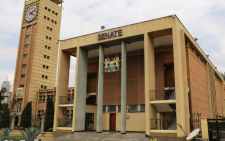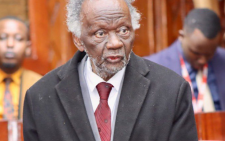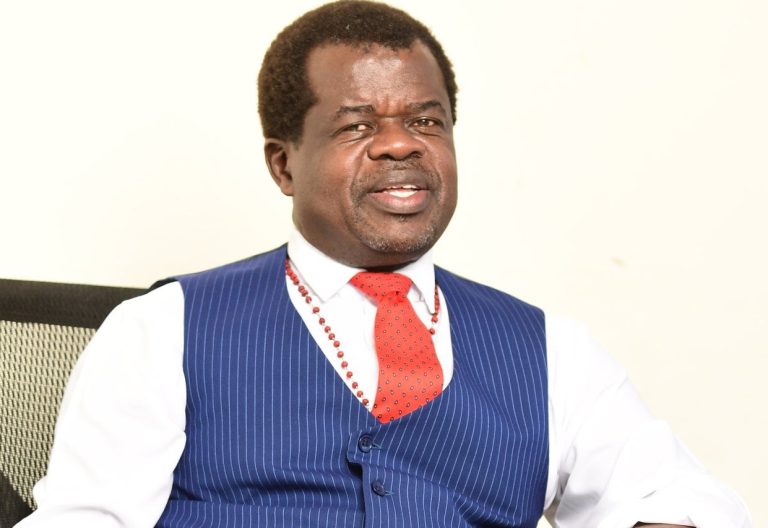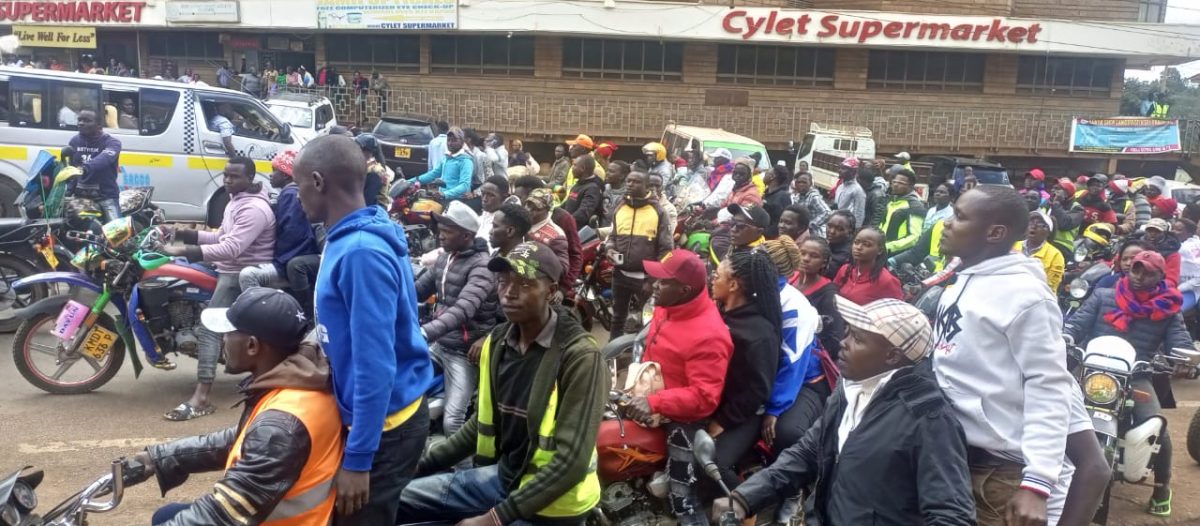Most Kenyans unaware of affordable housing programme, says report
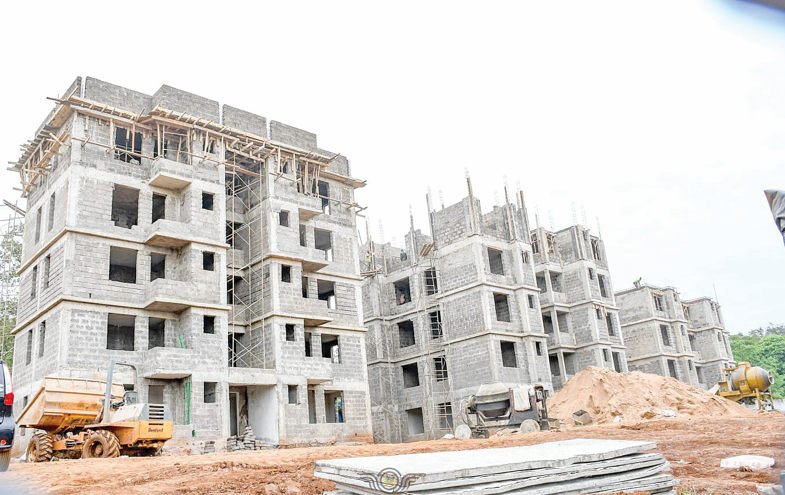
About a half of the national population remains unaware of President William Ruto’s ambitious affordable housing programme, a recent Kenya National Bureau of Statistics (KNBS) report reveals.
This is happening despite extensive campaigns by the executive and the Ministry of Housing, alongside the controversial deduction of the affordable housing levy from employees’ salaries.
The KNBS report shows only 53.5 per cent of respondents were aware of the programme, with minimal awareness of associated benefits.
For instance, just 7.7 per cent knew about the stamp duty exemption for first-time homebuyers, while 11.3 per cent were aware of affordable housing tax relief. Of the latter group, only 16.2 per cent reported benefiting from the relief.
Alarmingly, 46.4 per cent of Kenyans—equivalent to 28.1 million people—remain uninformed about the initiative. Awareness gaps are more pronounced in rural areas (49.7 per cent) than in urban centers (40.1 per cent). Counties such as Wajir, Lamu, Mandera, and Isiolo recorded the highest levels of unawareness at 95.2 per cent, 93.2 per cent, 90.1 per cent, and 92.8 per cent, respectively.
The programme offers incentives like a 15 per cent affordable housing tax relief, tax deductions on housing loan interest, and stamp duty exemptions for first-time buyers of approved affordable units.
These measures aim to ease the financial burden of homeownership, with stamp duty rates currently at 4 per cent of property value in urban areas and 2 per cent in rural areas. However, the incentives seem to have limited reach, particularly in marginalized counties.
The government aims to build 200,000 affordable housing units annually to address the housing deficit, particularly in informal settlements.
By targeting low- and middle-income households, the programme seeks to foster decent living standards, create stable environments, and promote economic growth.
Despite its potential, the programme faces challenges. Poor infrastructure in rural and marginalised areas, combined with limited public engagement, hinders its reach. Meanwhile, workers in these regions contribute to the levy but see minimal direct benefits.
To achieve its housing goals, the government must address the disparities, increase public awareness, and ensure inclusive access to affordable housing incentives. Without the efforts, the programme risks falling short of its transformative potential.

